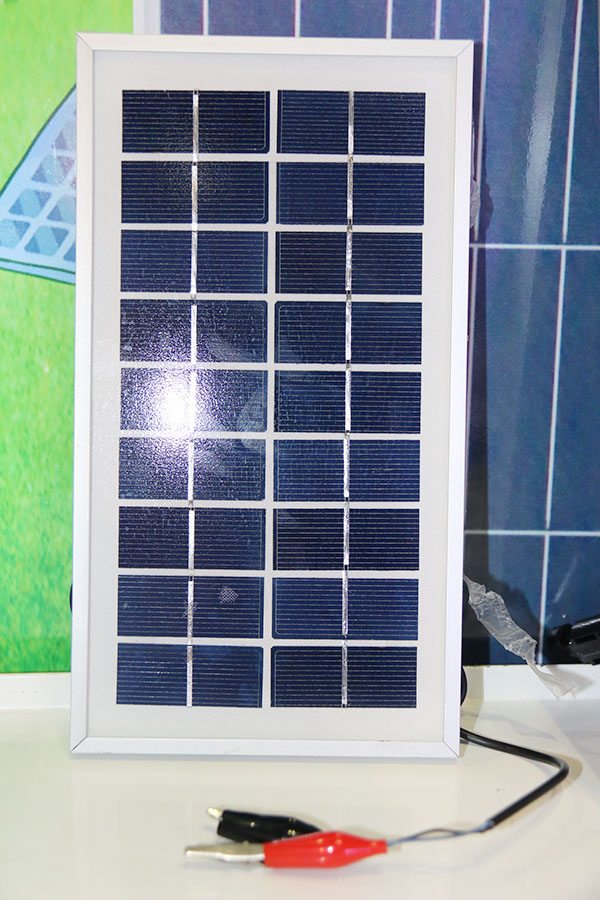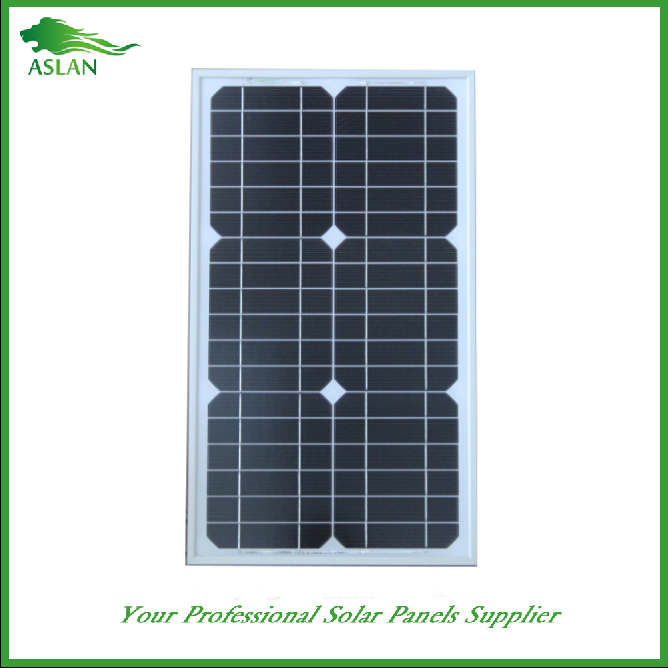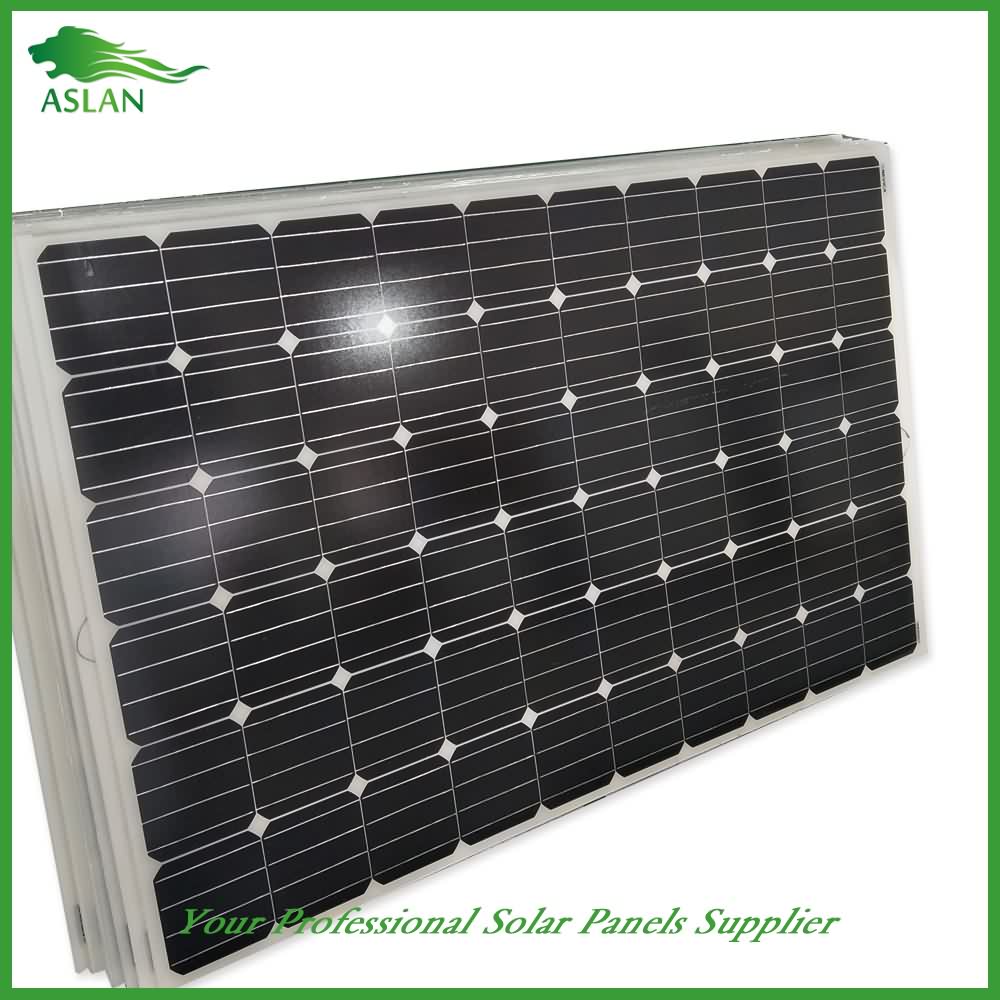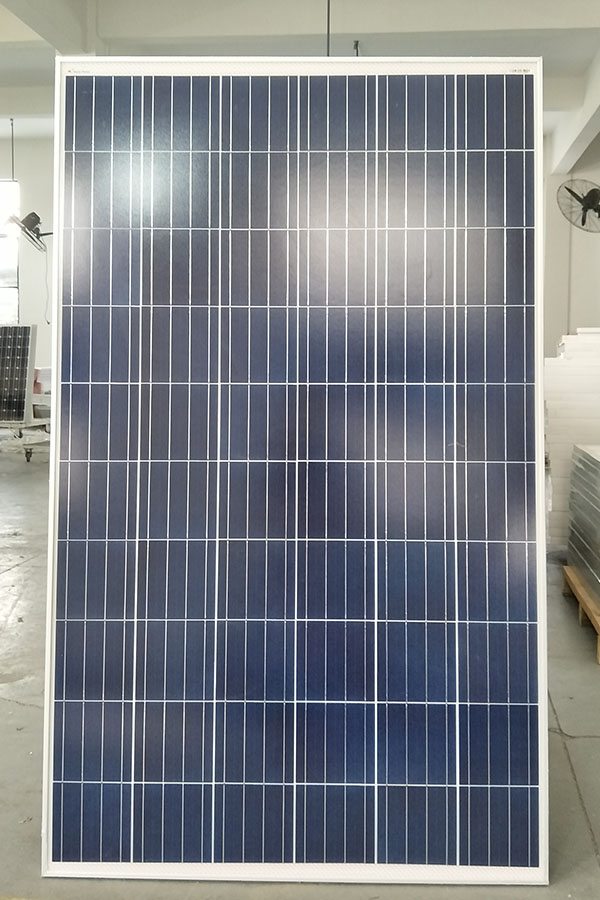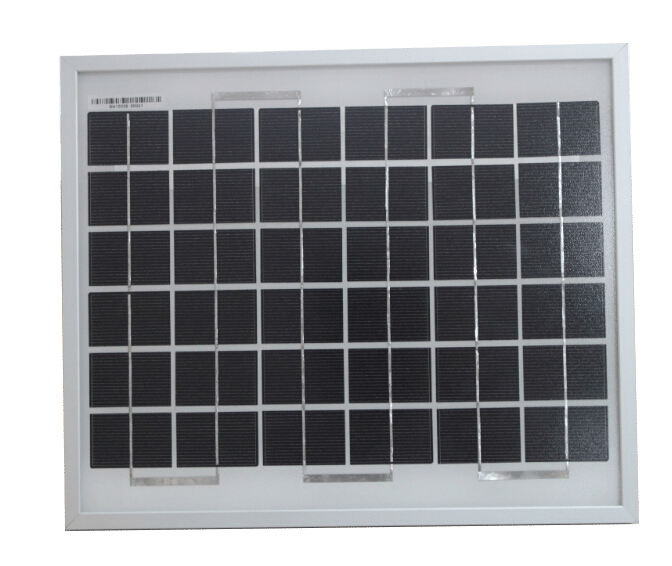China Professional Supplier Poly-crystalline Solar Panel 3W Factory for Belgium
Short Description:
With advanced technologies and facilities, strict quality control, reasonable price, superior service and close co-operation with customers, we are devoted to providing the best value for our customers for China Professional Supplier Poly-crystalline Solar Panel 3W Factory for Belgium, As we are moving forward, we keep an eye on our ever-expanding product range and make improvement to our services.
Poly-crystalline Solar Panel 3W
Technical parameter
Maximum Power(W) 3W
Optimum Power Voltage(Vmp) 9V
Optimum Operating Current(Imp) 0.34A
Open Circuit Voltage(Voc) 10.8V
Short Circuit Current(Isc) 0.37A
Mechanical Characteristics
Cell Type Polycrystalline
No of Cell 18 (2x9pcs)
Dimensions 145x245x18mm
Weight 0.52KGS
Front Glass 3.2mm,High Transmission, Low Iron,Tempered Glass
Temperature and Coefficients
Operating Temperature(°C): -40°C ~ + 85°C
Maximum System Voltage: 600V(UL)/1000V(IEC) DC
Maximum Rated Current Series: 10A
Temperature Coefficients of Pmax: -0.435%
Temperature Coefficients of Voc: -0.35%
Temperature Coefficients of Isc: 0.043%
Nominal Operationg Cell Temperature (NOCT): 47+/-2°C
Materials of solar panel
1).Solar Cell——Polycrystalline solar cell 156*156mm
2).Front Glass——-3.2mm, high transmission, low iron, tempered glass
3).EVA——-excellent anti-aging EVA
4).TPT——-TPT hot seal made of flame resistance
5).Frame——anodized aluminum profile
6).Junction Box——-IP65 rated, high quality, with diode protection
Superiority: high quality anodized aluminum frame, high efficiency long life, easy installation, strong wind resistance, strong hail resistance.
Features
1. High cell efficiency with quality silicon materials for long term output stability
2. Strictly quality control ensure the stability and reliability, totally 23 QC procedures
3. High transmittance low iron tempered glass with enhanced stiffness and impact resistance
4. Both Poly-crystalline and Mono-crystalline
5. Excellent performance in harsh weather
6. Outstanding electrical performance under high temperature and low irradiance
Quality assurance testing
Thermal cycling test
Thermal shock test
Thermal/Freezing and high humidity cycling test
Electrical isolation test
Hail impact test
Mechanical, wind and twist loading test
Salt mist test
Light and water-exposure test
Moist carbon dioxide/sulphur dioxide
http://www.sunnyincentives.com – Residential Solar System Cost
So how much does a residential solar system cost? It depends on how informed you are before you make a solar panel system purchase. Not counting any available purchase incentives, a typical residential solar system cost is between $18K and $30K! Certainly a significant chunk of change. The good news is there are some money saving strategies you can use to significantly lower your residential solar system cost. I want to highlight two below.
Strategy number one I started to mention above and involves applying for government incentives. The catch is they are difficult to find and learn about. There is a lot of confusing information out there. I personally spent hours hunting this down and did eventually figure out how to use a powerful tool online that houses all of this information. If you don’t know what you’re doing with it, it can be very overwhelming. I ended up making a FREE guide that will show you how to use it step by step in minutes! Save yourself some time, trust me. With the guide you will quickly and easily get access to all the rebates, tax credits, and grants you are entitled to based on where you live. This is a powerful way to slash your residential solar system cost.
GET YOUR FREE GUIDE HERE: http://www.sunnyincentives.com
Strategy number two is interesting because it is a completely different way to go solar. A newer trend lately is to enter into solar power purchase agreements that don’t involve you paying a single dime upfront for a residential solar system. It’s an interesting way to go solar and offers its own unique benefits, namely getting a discount on your energy bill right away. I highly recommend you find out more about this type of arrangement before deciding to purchase a system. If you do decide to purchase you will be well equipped with all the incentive info above to make sure you pay as little as possible with your residential solar system cost.
Find out more in this video here: http://www.powerforpanels.com
So I’ve given you 2 ways to cut down your residential solar system cost when you make the switch to solar power. If more people had this information we’d have a lot more solar panels on our homes!
Additional info on residential solar system cost s:
Cost of a Home Solar Power System – Wholesale Solar
http://www.wholesalesolar.com/solar-information/solar-cost?utm_expid=830826-2.W9O6TBRMRxGqta7Z1rW9tQ.0&utm_referrer=https%3A%2F%2Fwww.google.com%2F
Rating: 4.8 – 46 votes
“When we installed solar, the value of our home was increased by more than the cost of the system. We know that electricity prices will continue to climb, but not …
Grid-Tied Battery Backup – Solar Incentives – Return on Investment for Solar …
How Much Does it Cost to Install Solar on an Average US …
http://www.solarpowerauthority.com/how-much-does-it-cost-to-install-solar-on-an-average-us-house/
At the time of this writing, the installed cost of solar panels was between $7-$9 per watt: A 5 kW system would cost around $25,000-$35,000. Many utility companies offer incentives, and some subsidize as much as 50% of system costs.
How Much Do Solar Panels Cost – Energy Informative
http://energyinformative.org/solar-panels-cost/
Mar 23, 2015 – Residential solar systems are typically sized from 3 to 8kW and end up costing between $15,000 and $40,000. The cost per watt (price …
http://wagan.com/solarcube?gclid=CjwKEAjw2qzHBRChloWxgoXDpyASJAB01Io0tvtWfSh6-FCOsJODj7ShpzukjlcYcM_WsUws1A6JARoCOhjw_wcB
Look at this on eBay http://www.ebay.com/itm/282396508911
